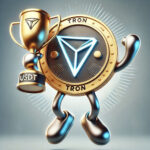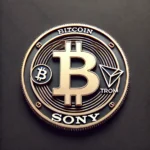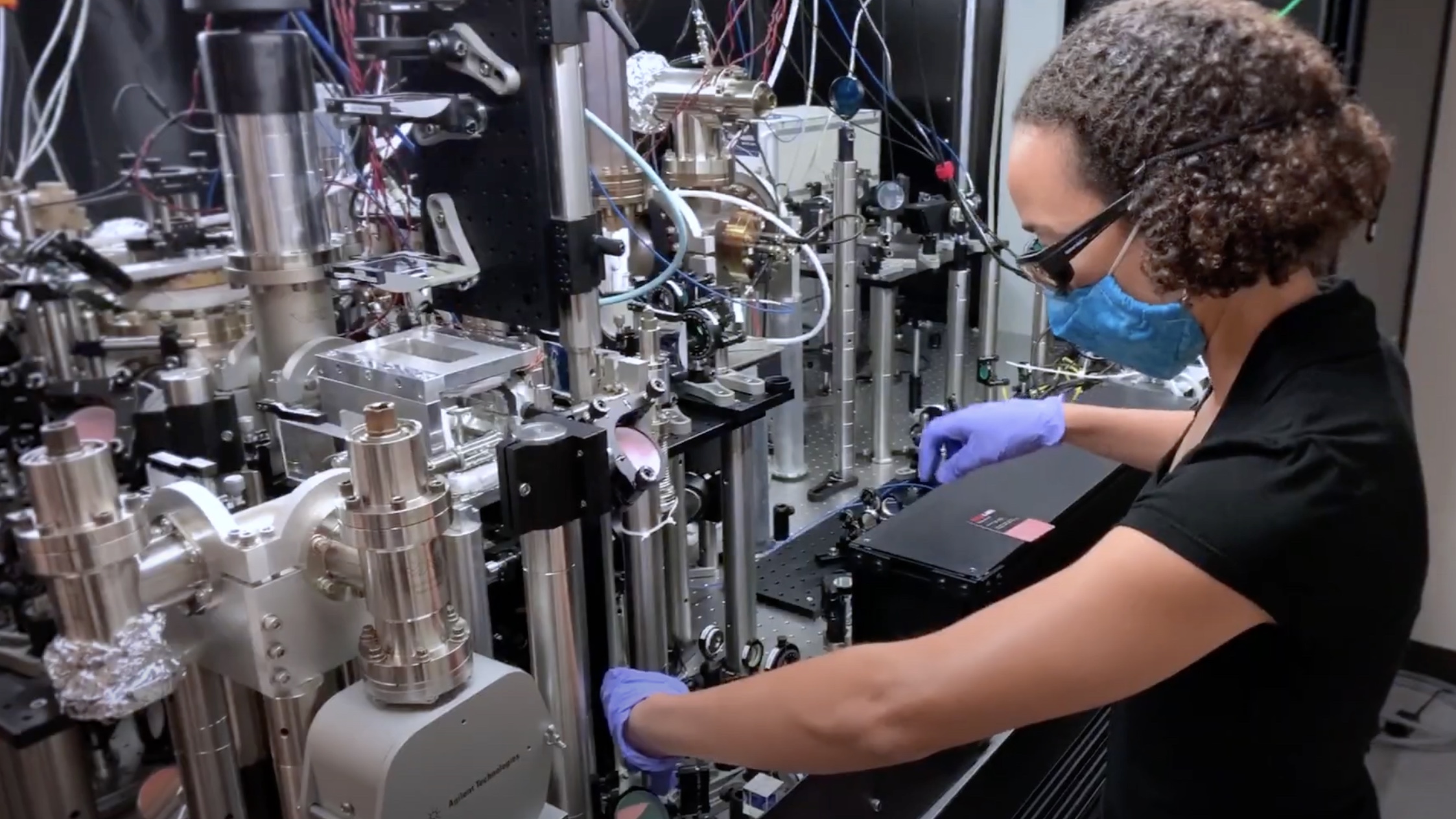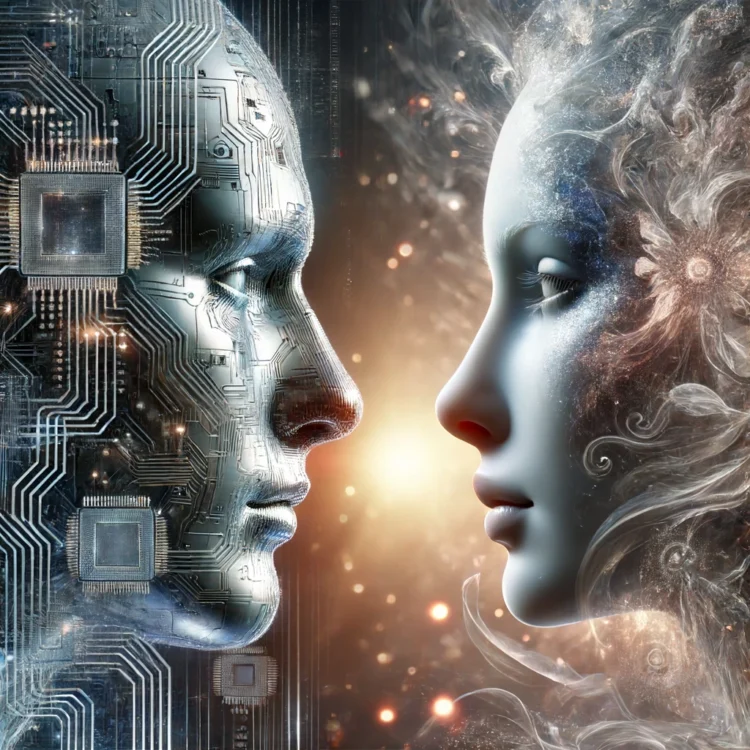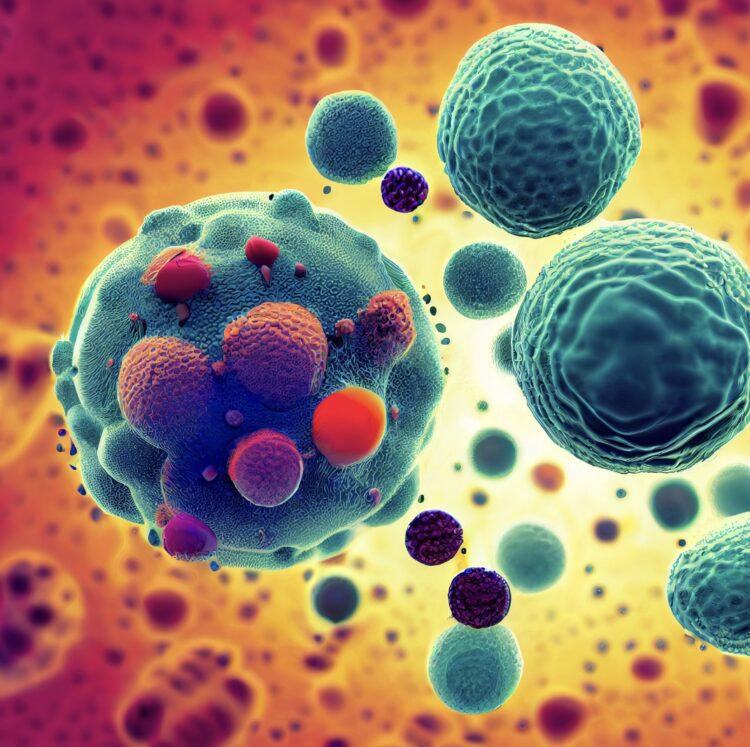Monika Schleier-Smith, a prominent researcher from Stanford University, is embarked on a groundbreaking mission: to simulate space-time in a laboratory setting using the quantum characteristics of light particles. Her ambition lies in bridging two fundamental pillars of physics: Einstein’s general relativity, which posits that space-time is shaped by mass and energy, and the quantum theory, which suggests that space-time has a granular structure, akin to tiny pixels.

To achieve this, Schleier-Smith has equipped her laboratory with advanced tools such as mirrors, lasers, and vacuum chambers. These instruments allow her to cool atoms and manipulate them with precision, creating a highly controlled quantum system. One of her most innovative techniques involves simulating the holographic boundary, a concept derived from superstring theory, which theoretically could encapsulate all the information existing in the universe.
Within this framework, the researcher explores the idea of holographic duality, which proposes an equivalence between space-time and its dimensional boundary. Using an optical resonator, Schleier-Smith has managed to make atoms interact and quantumly entangle, a phenomenon where the state of one particle can influence another instantly, regardless of the distance between them.
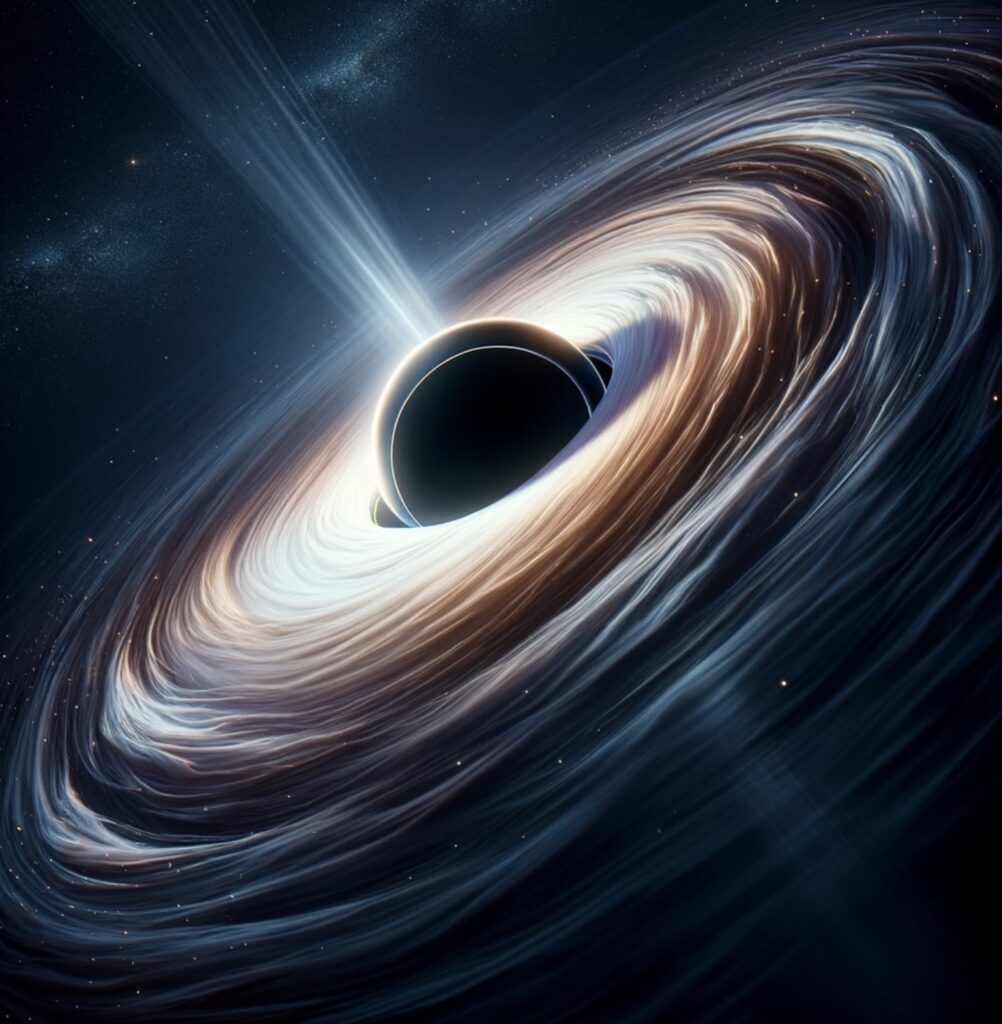
By observing and measuring the correlations between sets of atoms, the team has represented space-time through a tree-shaped graph. With the collaboration of experts like Steven Gubser from Princeton, it has been interpreted that this graph symbolizes a type of curved space-time, offering a fresh perspective on how gravity might emerge from quantum mechanics.
Finally, this work has the potential to unravel mysteries such as the black hole paradox. It was previously believed that information absorbed by a black hole vanished, but new theories suggest that this information gets mixed and tangled at the quantum level. This jumble of information, known as “fast encoding,” could have profound implications for our understanding of gravity and the universe.



